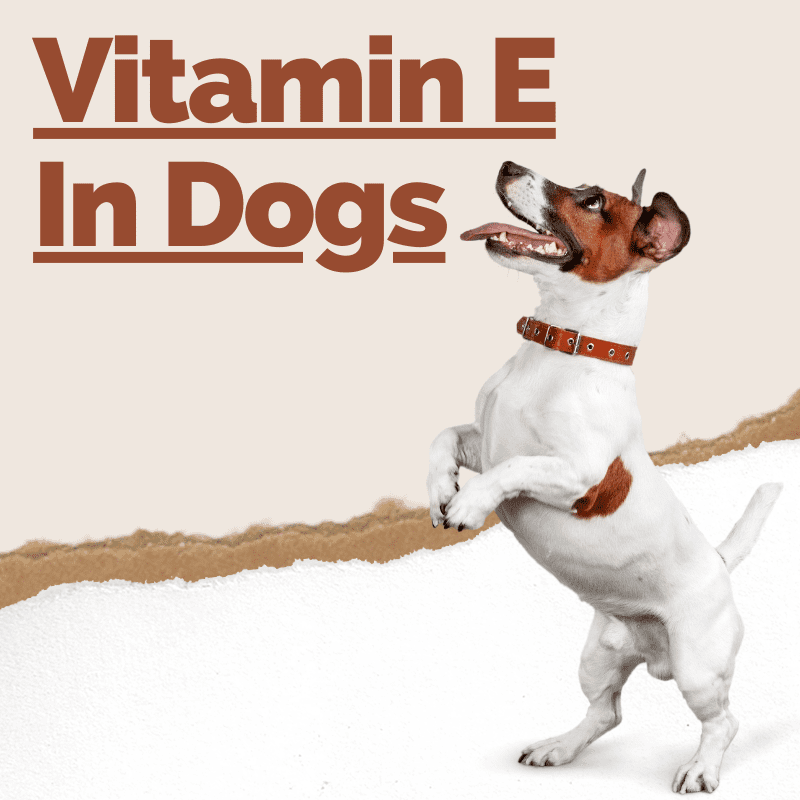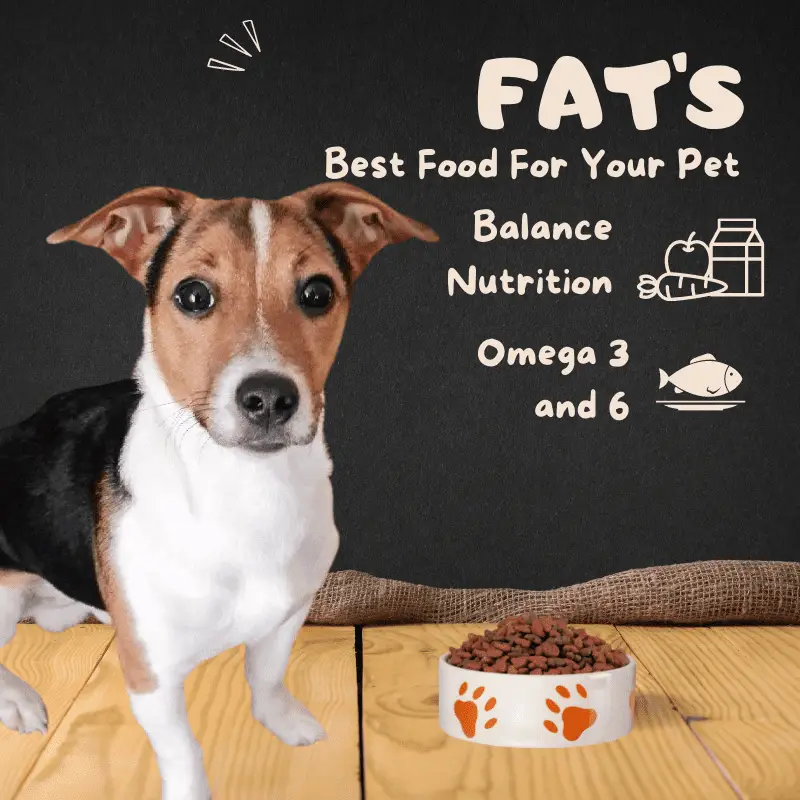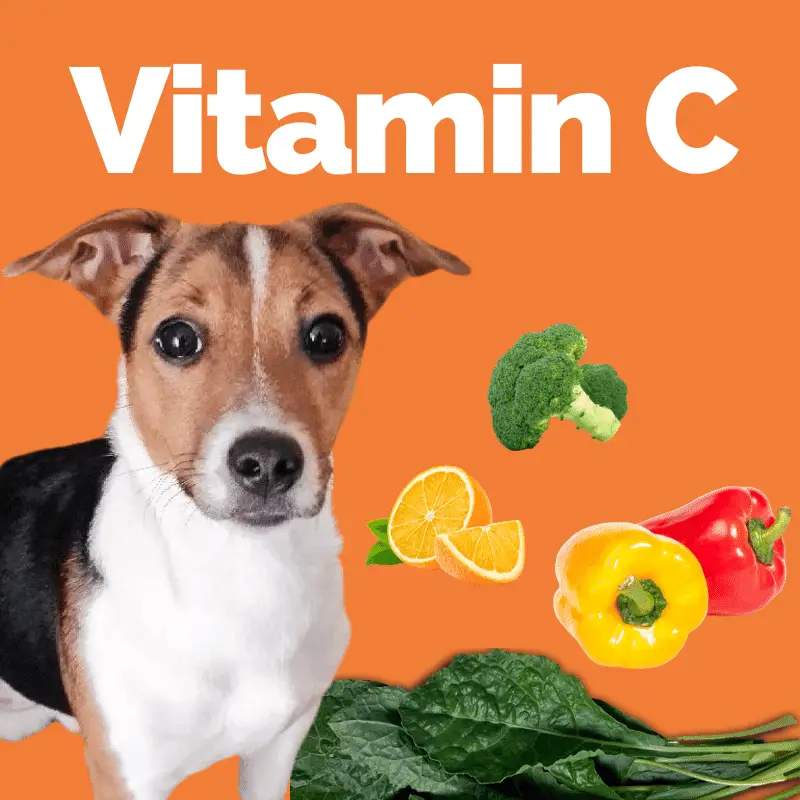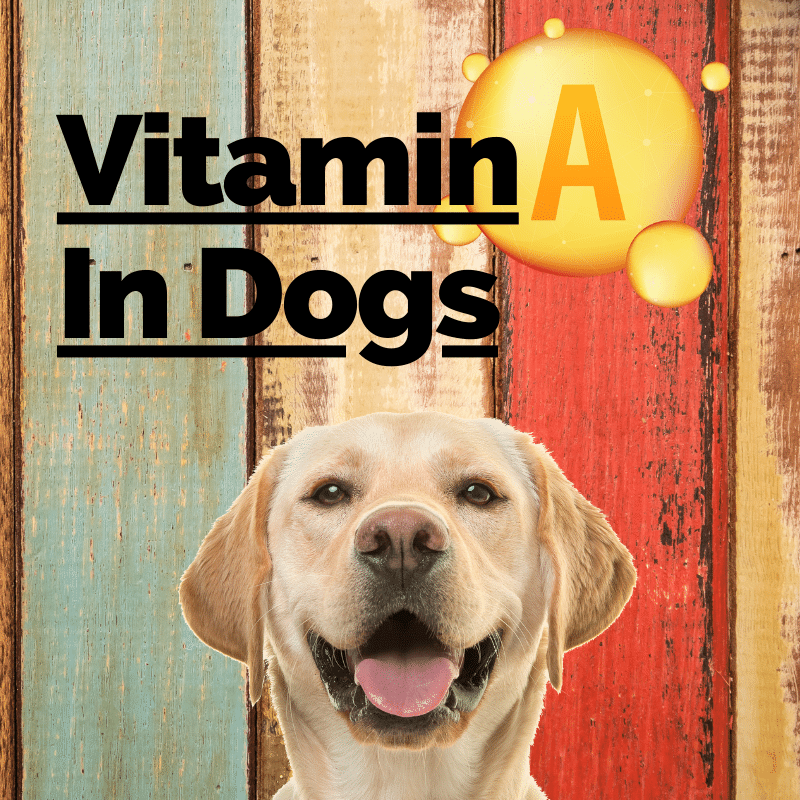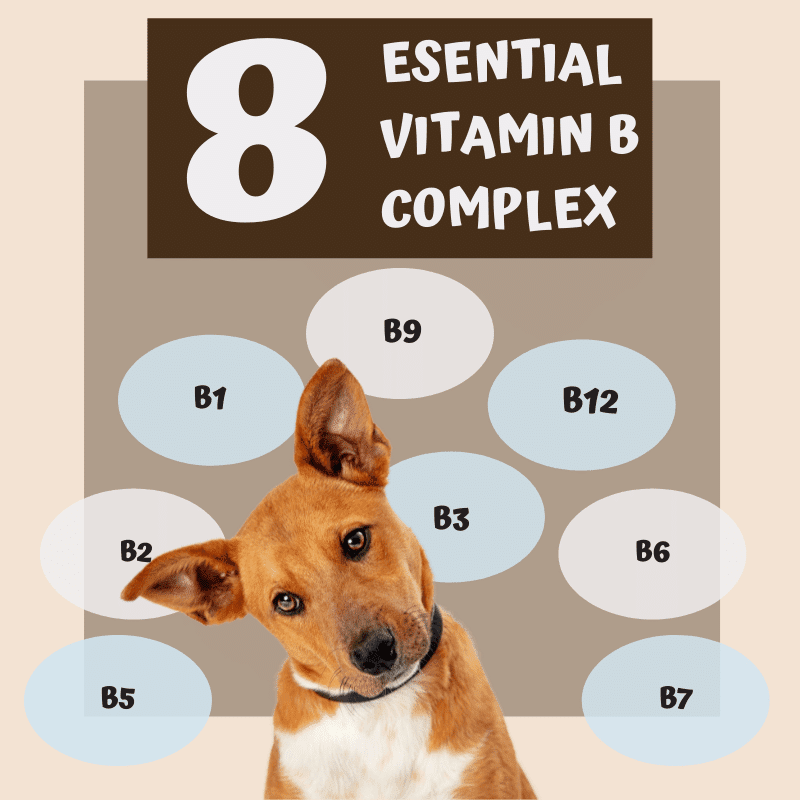The importance of a healthy dog is vital. One of those vitamins that help make robust health in dogs is vitamin E. Below; I go through the benefits of vitamin E and possible signs of deficiency. Food to up your dog’s vitamin E intake and the recommended daily amount.
Vitamin E within a dog’s body has an essential role in producing cells and membranes, cell respiration, and fat metabolism function. Vitamin E also prevents oxidation of the hormones and has antioxidant properties.
Vitamin E is thought to improve stamina in breeding dogs. However unproven, it’s still regarded very highly by breeders.
Vitamin E, even though it’s not toxic, is a fat-soluble vitamin, so it’s important not to over supplement a dog with vitamin E.
Benefits of Vitamin E
- Cell Growth
- Destroys free radicals
- Eye health
- Good for a dog’s brain
- healthy reproductive system
- Healthy skin and coat
- It keeps the blood healthy
- It supports and adds to a robust immune system
- It supports good hormone levels
- Organ health
Deficiency in vitamin E can lead to:
It is pretty rare for a dog to be vitamin E deficient as they only require a small amount daily to provide the levels they need. However, if a dog is low, it can lead to:
- Behavioural issues
- Decreased infertility
- Neurologic abnormalities
- Poor vision
- Retarted growth
- Skin issues
- Weak immune system
- Weakness
- Weight loss
Vitamin E Enriched Foods For Dogs
The listed foods are safe for dogs to eat in moderation to boost their vitamin E levels.
- Broccoli
- Eggs
- Green leafy vegetables
- Liver
- Meats like chicken, beef
- Nuts
- Peanut butter (organic, no sugar, no palm oil)
- Pumpkin
- Red Sweet peppers (Red bell Peppers)
- Spinach
Recommended Read: How much protein should a dog have?
Amount of Vitamin E Dog’s Needs a Day
Vitamin E helps a dog grow old gracefully by improving the oxygenation of the blood, encouraging good circulation and optimum health. It works with the whole vitamin family, like C, D, K and the B complex, to get to the best fitness level in a dog.
- The recommended daily dose should be between 100IU for the smaller dogs and 400IU for the larger dog breeds.
How to check that your dog is getting enough vitamin E
The first thing to check to ensure your dog is getting enough vitamin E and is of good quality is to inspect the back label of the dog food you feed them.
Many brands state on the front packaging that it’s the best and healthiest food ever. However, the back label tells an entirely different story.
I have listed some harmful and unhealthy ingredients for you to check for and some good ingredients of the best quality.
Bad ingredients
Check for these nasty ingredients, and if any are found, you should change your dog’s food.
Bone Meal: This is bones grounded up of any animal to provide poor quality calcium.
Derivatives: Can be any part of any animal, including beak, bones, or feet added. Sometimes it can state the type of animal. However, it will still be any part of that specific animal—classed as poor-quality nutrition.
Vegetable Derivatives: Vegetables from many possible vegetable sources. These can be either good or bad—generally, it’s human vegetable preparation waste.
Fat: Animal fat is often sprayed on dog food to make it tastier and more appealing. The fat comes from the cooking process of the animal, and when it’s heated to a very high temperature, and as the grease floats to the top, it’s gathered up for use. Dogs certainly need fat in their diet—however, it’s questionable if this is the best option.
Opting for better quality dog food won’t only support the whole immune system of a dog. You will also know that the quality and levels of vitamin E will be better, so there is no need to supplement or be concerned about your dogs not getting enough vitamins.
Good Ingredients
If your dog’s food has any of the below ingredients listed, then the food is of good quality.
Vegetables: These are the purest of good quality vegetables needed in a dog’s diet.
Botanicals, Herbs or Plants: These are added health enhancements for your dog. If this is listed on the label, it means excellent quality dog food with your dog’s health at the forefront of their company.
Pure Meat: Meat taken from a specific animal. Such as beef, chicken, or duck. The best quality dog foods have pure or fresh meat labelled on the back.
How do I up my dog’s vitamin E intake?
The best way to up your dog’s vitamin E intake the healthy way is to provide them daily with added fresh foods containing vitamin E, like topping your dog’s dish with green leafy vegetables, adding some red sweet pepper, or even adding some extra boiled chicken on top.
Vitamin E deficiency is rare in dogs, much like vitamin A is. A veterinarian would need to confirm this and provide you with advice tailored to your dog on a supplement to take because, in this case, adding food probably won’t be enough.
Adding a multivitamin is a good super-boost for an all-around fussy eater. If your dog doesn’t like fresh foods, like spinach, broccoli or red sweet peppers, you could opt for a multivitamin instead that doesn’t only have Vitamin E but will also have A, C, D, K, Zinc, and all the B vitamins.
Vitamin Types
The difference between fat-soluble and water-soluble vitamins is any excess water-soluble vitamins found in the body will be expelled in the dog’s urine, thus causing no build-up or problems. Compared to fat-soluble vitamins, they can become toxic in excessive amounts because they build up within a dog’s body and cause health problems.
Too much of anything, even if it’s a good thing, can become a bad thing.
Below is a list, so you are fully aware of which vitamins are water-soluble and which ones are fat-soluble.
Fat-Soluble Vitamins
Water-soulable Vitamins
- Vitamin B1 (Thiamine)
- Vitamin B2 (Riboflavin)
- Vitamin B3 (Niacin)
- Vitamin B5 (Pantothenic Acid)
- Vitamin B6 (Pyridoxine)
- Vitamin B7 (Biotin)
- Vitamin B9 (Folic Acid)
- Vitamin B12 (Cobalamin)
- Vitamin C
Recommended Read: Learn about the 8 vitamin b’s and dogs
Summary
We have learned about Vitamin E, what it does in a dog’s body, and what happens if it is deficient. You should now have enough information for your next step, whether you were here to learn about vitamin E or you want to up your dog’s intake, either by fresh food or supplements.
Remember that vitamin E is a fat-soluble vitamin, and too much can become toxic.
Even though the amount needs to be highly excessive to cause toxicity, it’s something you certainly need to be aware of.
The good thing is that if you add to their daily food with foods, for instance, some broccoli, they also benefit from other vitamins like iron, magnesium, A, C, K and B6.
Good Luck!

